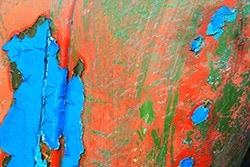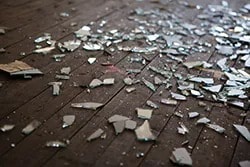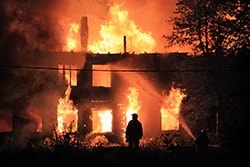SOFT 2025 (Society of Forensic Toxicologists and the International Association of Forensic Toxicologists)
October 28-30
Oregon Convention Center
Portland, OR

Paint analysis is important in the forensic trace evidence laboratory. If a paint chip is found as a part of a crime scene it can be used to identify where the paint came from. Paint is made up of multiple different layers such as pigments, chemicals and dyes that can be identified by using by using a number of analytical techniques. Shimadzu's line of fourier transform infared (FTIR) and UV-Vis spectrophotometers are able to easily identify the chemical composition of the paint material. Spectral libraries of the materials allow for easy identification especially when coupled to a microscope for enhanced detection. Shimadzu's pyrolyzer GC-MS can be utilized to further determine the exact chemical composition from a paint sample.
Analytical Techniques: AIMsight Infrared Microscope, Py-GC-MS, FTIR, UV-Vis

Glass analysis is important in the forensic trace evidence laboratory and typically is done by analyzing glass fragments found at a crime scene to determine if they originated from the same source. In addition, fractures and cracks of the glass can be useful for determining the direction and force of the break. Shimadzu offers multiple solutions to aid in glass analysis in crime scene investigation.
Analytical Techniques: AIMsight Infrared Microscope, FTIR

Fibers can come from hair, carpet, clothing and even furniture. These materials are very important in crime scenes and casework to determine their origin and to tie suspects to a crime. Shimadzu offers multiple non-destructive solutions to be able to accurately identify and match these materials.
Analytical Techniques: AIMsight Infrared Microscope, FTIR, UV-Vis, EDXRF, AA, ICP-OES, ICP-MS

Arson investigation is crucial for determining whether or not a fire was started intentionally or if it was accidental. Arson investigators are looking for volatile accelerants such as gasoline, diesel or kerosene. In addition, trace evidence can be left behind that is vital for determining the cause of a fire. Shimadzu offers a simple solution to measure for accelerants using GC and GC-MS and chemical analysis techniques such as FTIR and ICP to measure trace evidence from fire debris.